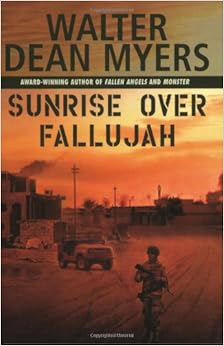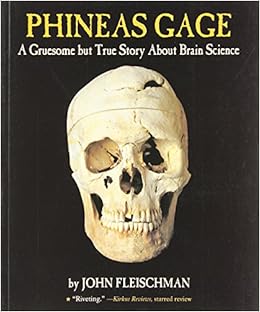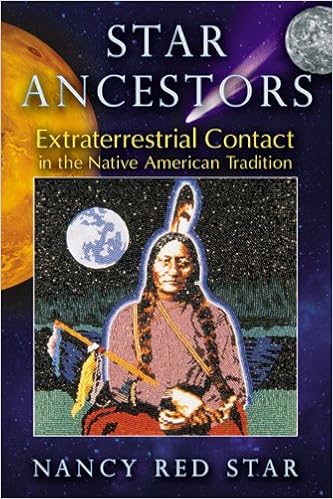 You pick up a book and read the summary on the back. It's about the war in Iraq, and the experiences the soldiers had while fighting in the desert. It's highly researched and accurate. But it's in the fiction section!
You pick up a book and read the summary on the back. It's about the war in Iraq, and the experiences the soldiers had while fighting in the desert. It's highly researched and accurate. But it's in the fiction section!
You grab another book and read the back. It's a way-out account of some guy who was the victim of an accident that shoved a rod through his head but he survived. "Like that would ever happen," you think. Then you see it's from the nonfiction section!

Wondering and wandering, you search the nonfiction stacks in the library and find some titles about aliens and telling the future in the stars. What in the world is going on?
What's real? What's not? And how can we tell?
Like in science where there are two huge divisions that we talk about, plants and animals, the broadest categories we can put books into are: fiction and nonfiction.
Fiction is literature that comes from imagination.
Nonfiction is literature that comes from fact.
Nonfiction is the broadest category including:
Biography, business, cooking, health
fitness, pets, crafts, home decorating, home improvement
languages, travel, religion, art, history, theology, self-help, true crime
science, humor textbook, thesaurus, autobiography, folktales, almanac, gazetteer
current events, atlas, philosophy...
To name a few.
So if there is some fiction that is hard to tell it's made up, how can we tell if the book we're reading is actually nonfiction? You can look at the text features and text structure.
The text features include things like bold headings, bullet points, illustrations/graphics. The text structure means how it is organized; by topic, by timeline or another way. Many books refer to other research, books, magazines or a lot of other sources to gather the information; this is another feature of nonfiction books.
WARNING! Just because something looks nonfiction, doesn't mean it is. Here are come other clues to help. *Note* This slideshow specifies websites but this information can be used for any type of resource.
So, what are some ways that you can distinguish between fiction and nonfiction?
Can you list some nonfiction books that you've read or want to read?
What about fiction?